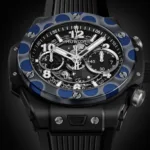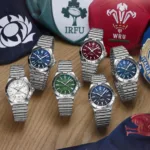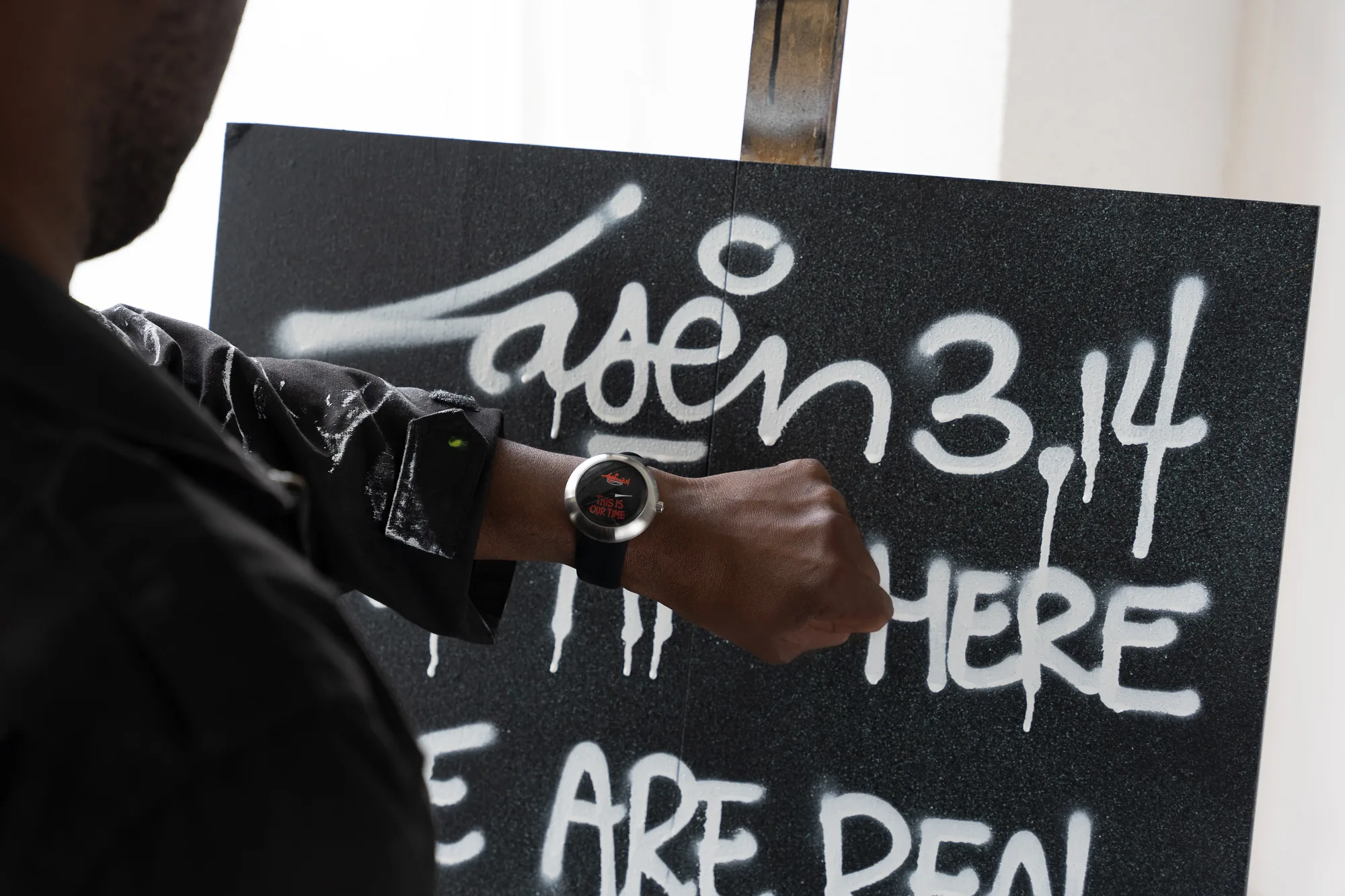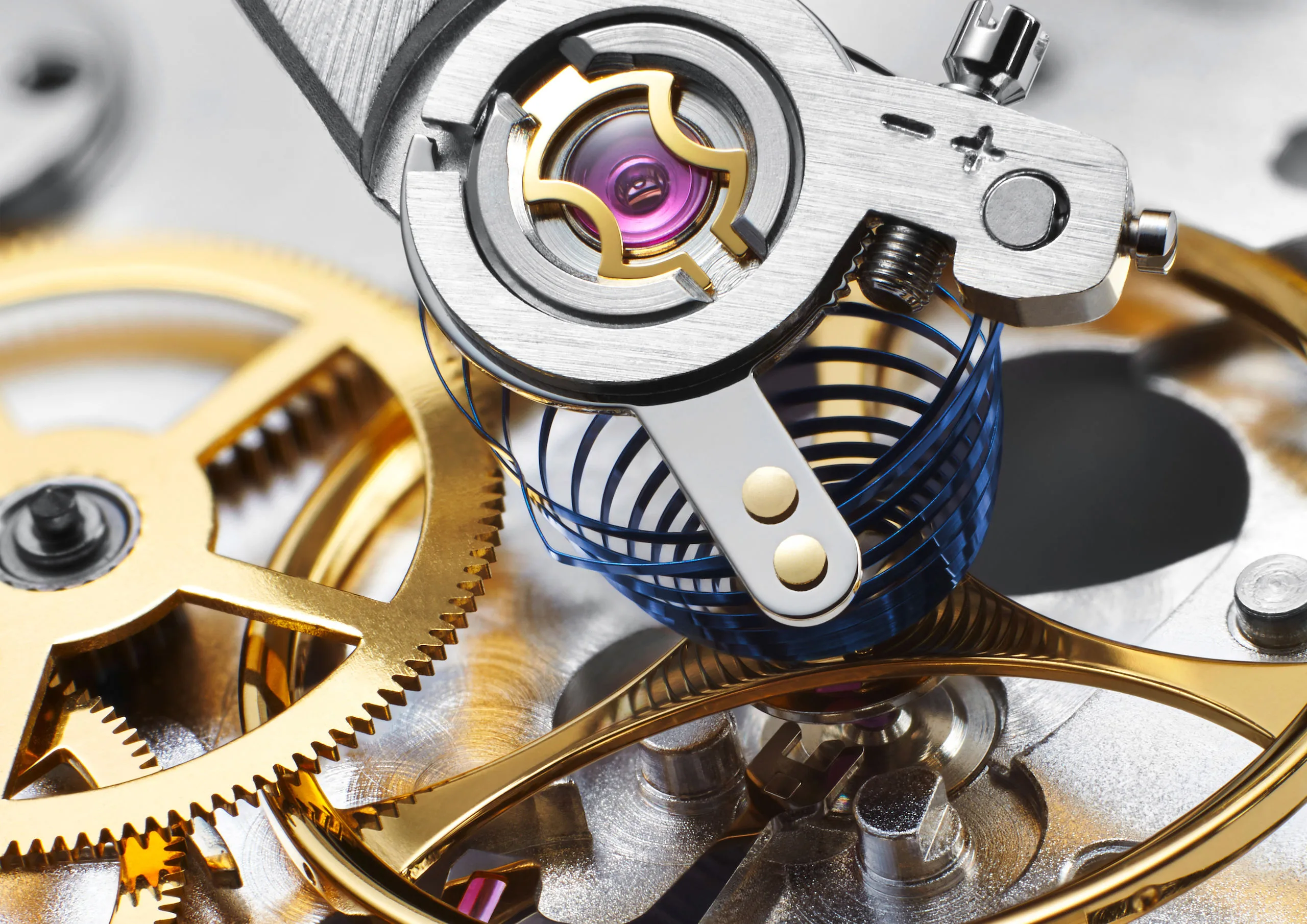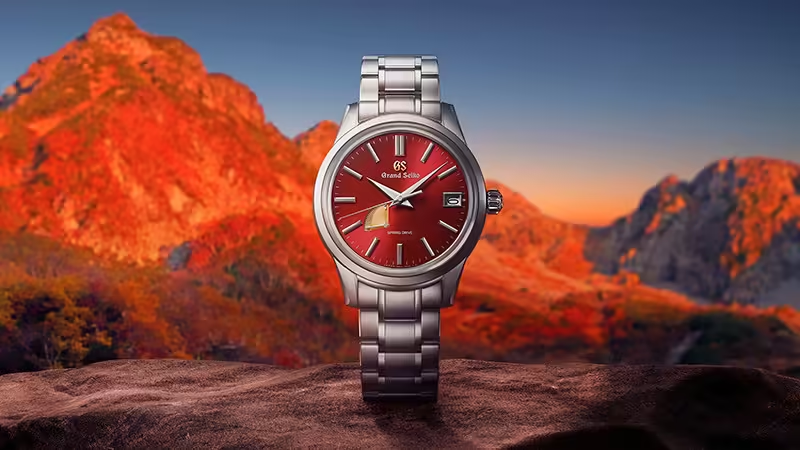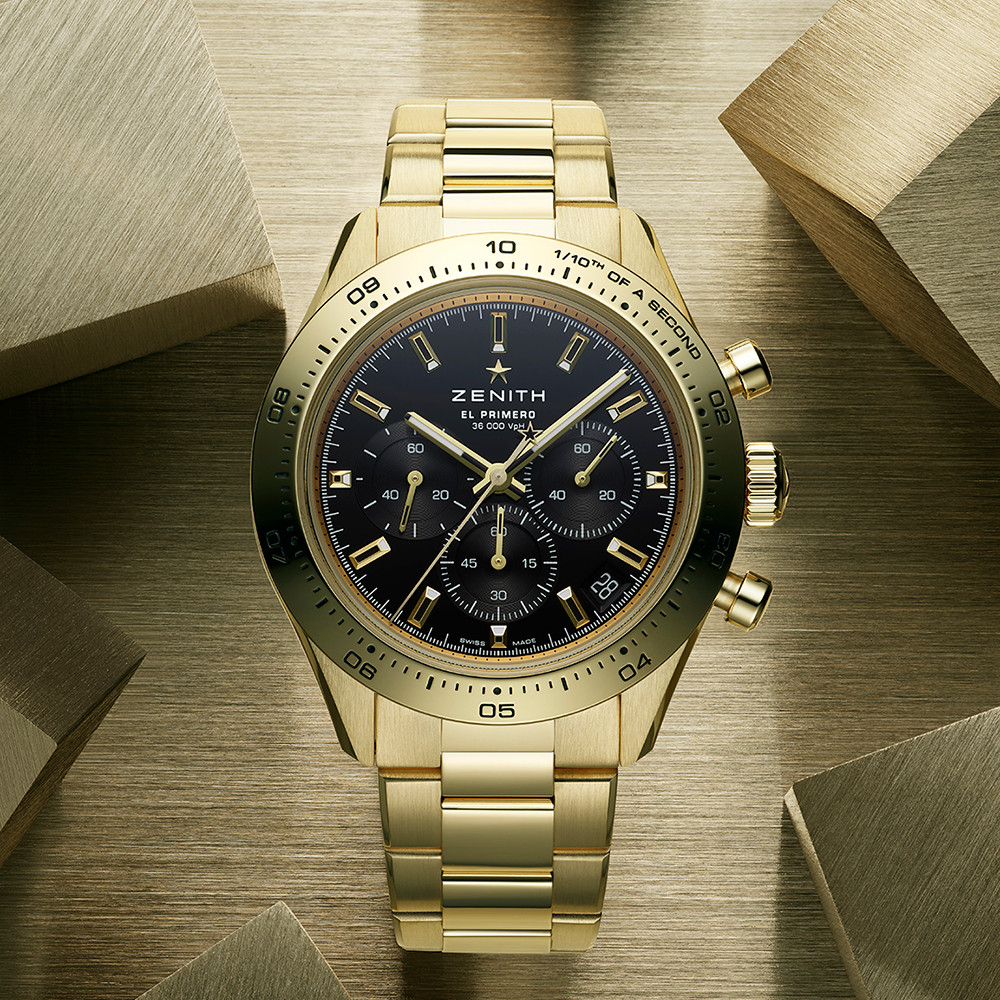The alloy, characteristic of A. Lange & Söhne, was created two centuries ago and continues to captivate today. Ferdinand Adolph Lange introduced the three-quarter plate in 1864, integrating it into the historic pocket watches of the Glashütte manufacture. Since then, it has remained a distinctive hallmark of A. Lange & Söhne timepieces. Initially composed of untreated German silver, an alloy introduced in Saxony in 1823, this material has been used for plates, bridges, and cocks since the manufacture’s re-establishment in 1990. But what sets this material apart, and how did it acquire its specific name?
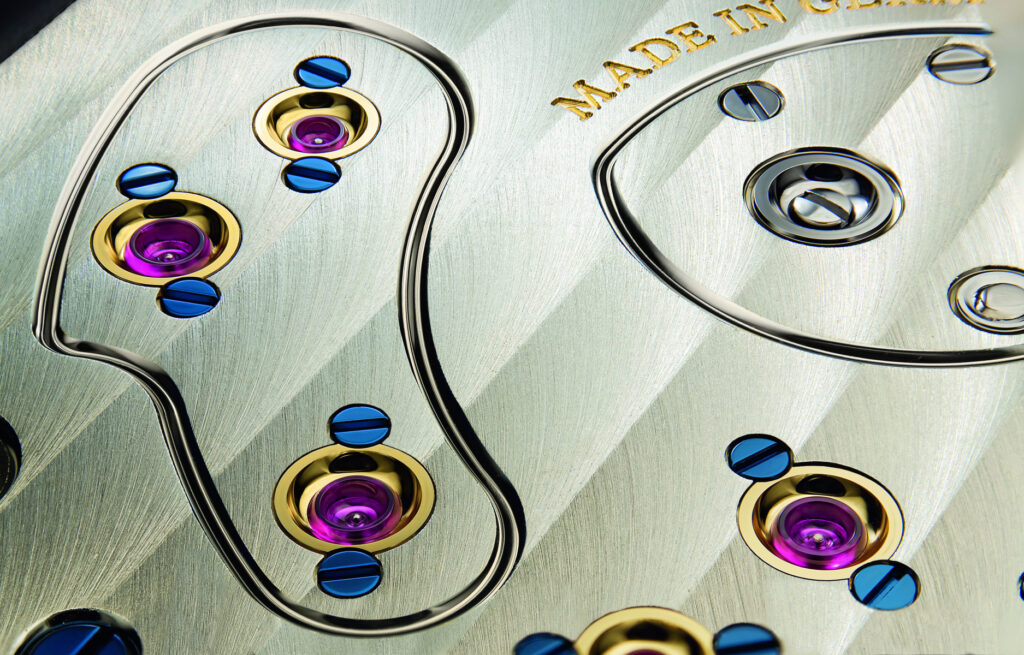
While A. Lange & Söhne timepiece cases are crafted from various precious metals and steel since 2019, the internal components share a common element: the frame, made of German silver. This includes the base plate, three-quarter plate, balance cock, and escape-wheel cock—a collection of planar and supporting elements not directly involved in force transmission.
As early as the 1850s, Ferdinand Adolph Lange incorporated German silver into individual pocket watches, departing from the traditional use of upgraded brass or hardened steel for frame parts. This alloy, primarily composed of copper, zinc, and nickel, offered properties essential for enhancing the characteristics of Lange’s movements. Comparable to brass in decorative qualities, German silver is slightly harder, more resistant to tarnishing and corrosion, and gradually develops only a light patina. Additionally, it boasts greater wear resistance, resilience, and rigidity.
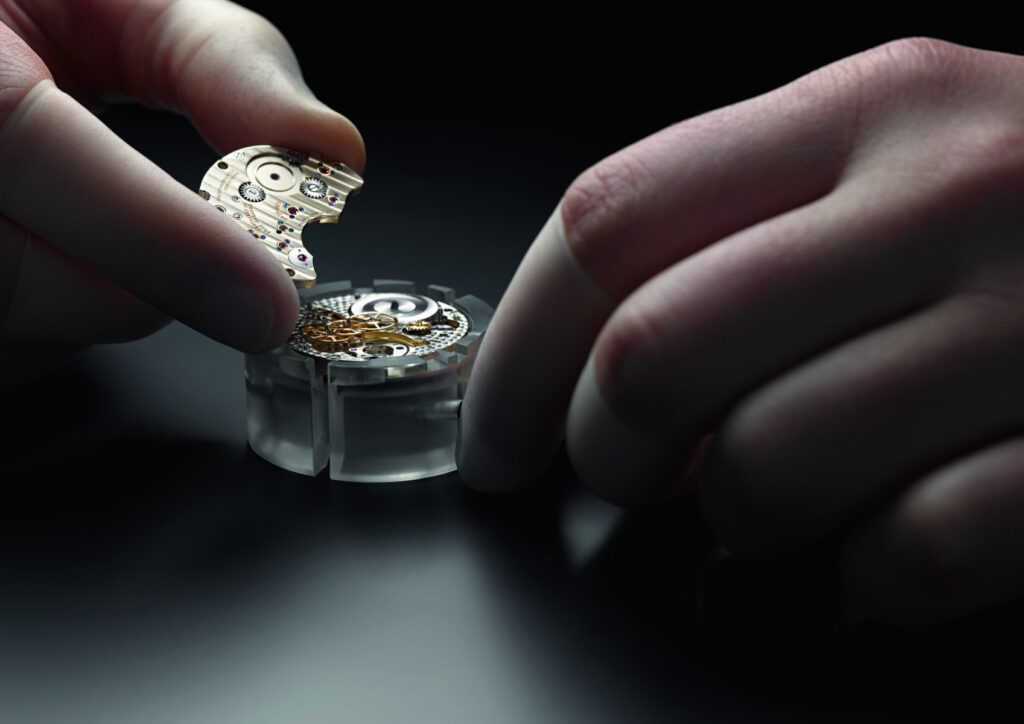
Beyond its material advantages, another likely reason for its use was the export of timepieces to the USA. Importing precious metals, especially gold, incurred high tariffs. Therefore, an alternative was sought for crafting cases and movements made of gold-plated brass. German silver provided this alternative, also serving as a substitute for real silver, which was dwindling in availability.
The roots of German silver trace back to China in the 17th century, where metal goods made of the copper-zinc-nickel alloy “Packfong” were shipped to Europe. The alloy’s European industrial production began in 1823, marked by a competition initiated by the “Association for the Promotion of Industriousness of Trade.” Ernst August Geitner, a Saxon natural scientist and physician, won the competition with a procedure for producing an alloy resembling silver, known as “argentan” initially. Eventually, it became known as German silver in English or “plata alemana” in Spanish.
The advantageous properties of German silver remain relevant today. Its solidity makes it ideal for manual grinding, polishing, or engraving of surfaces. The enhanced stability suits it for frame parts, especially in movements of highly intricate timepieces. The addition of zinc and nickel contributes to its silvery appearance and warm, subtle yellow-gold hue over time. German silver ages gracefully without requiring galvanic coating, such as gilding.
The meticulous assembly of A. Lange & Söhne watches involves handling German silver components with care. The ensemble of these components, combined with other meticulously finished movement parts, creates a captivating stage setting. With elements like steel parts, gold-plated toothed wheels, and solid-gold chatons, the transparent sapphire-crystal caseback allows enthusiasts to admire the orchestrated play of colors and aesthetics of different materials at any time.
Tino Bobe, Director Manufacture, explains: “German silver is part of all our manufacture calibres, amounting to more than 70 that have been developed and built since the re-establishment of A. Lange & Söhne. Hence, its consistent usage is typical of the Lange way of crafting watches. It underscores our commitment to never take the easiest path but always the one that leads us to the best result. For the benefit of quality, aesthetics, and functionality of our movements, we are prepared to invest the utmost artisanal effort – with a view to German silver but also far beyond.”
For more information, please visit ALange-soehne.com.
